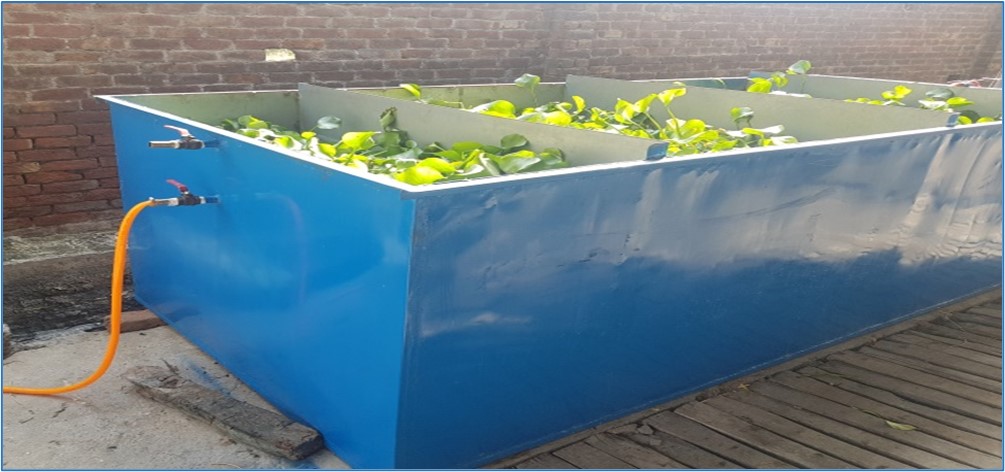Hot Topics!
Several issues are hot topics in watershed management in Northwest Florida. Here are just a few that are related to ongoing projects the Watershed Management Lab.
Picture
Cleaner production describes a perspective of industrial production that uses less resources and produces less waste, through methods that include upgrades in technological methods, increased staff training, and innovative treatment practices. In addition to reducing impacts to health of workers and nearby communities, cleaner production can have long-term economic benefit as well.

In recent years, research has demonstrated the value of innovative treatment methods such as floating treatment wetlands in reducing waste output for small- and medium-scale production enterprises. Scientists and industry leaders can play an important role in demonstrating the value of innovative methods and communicating findings to other producers.